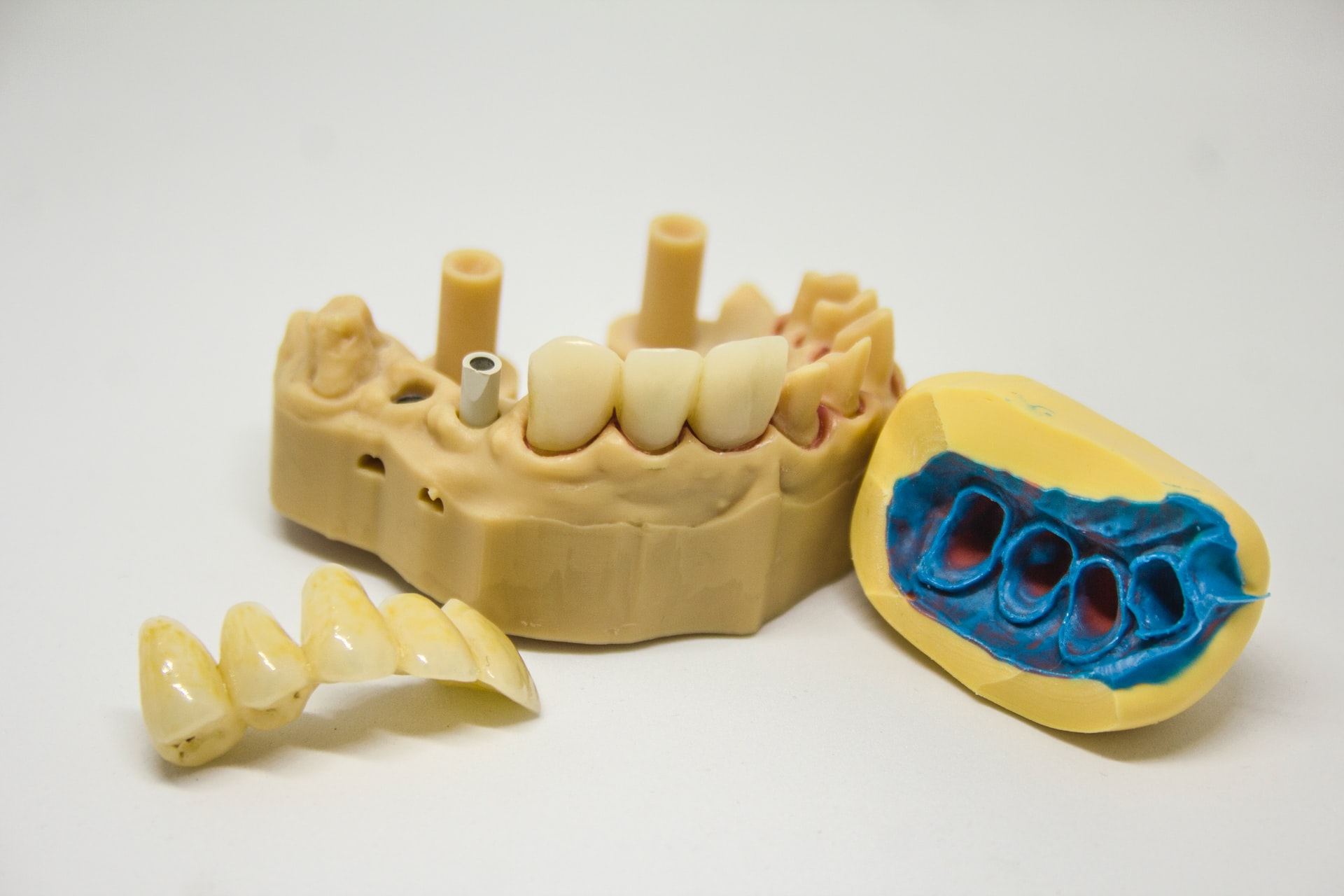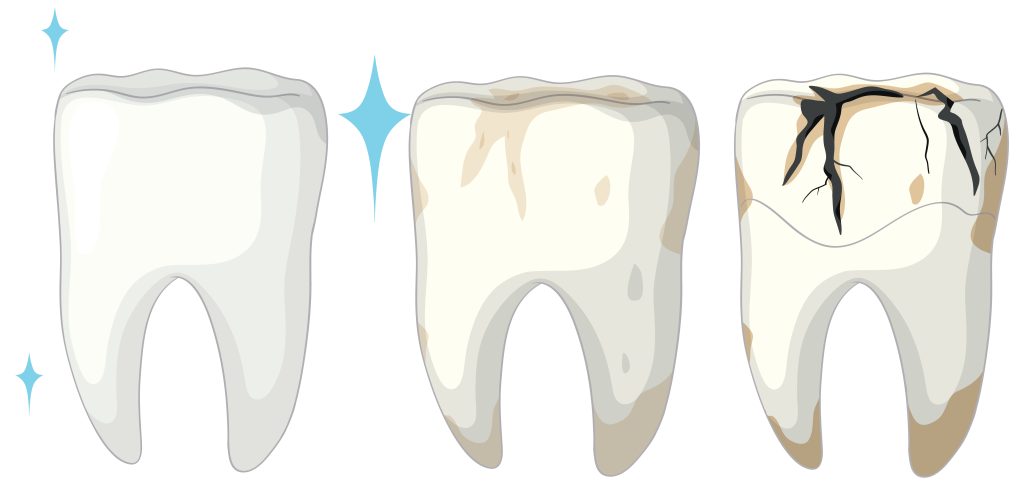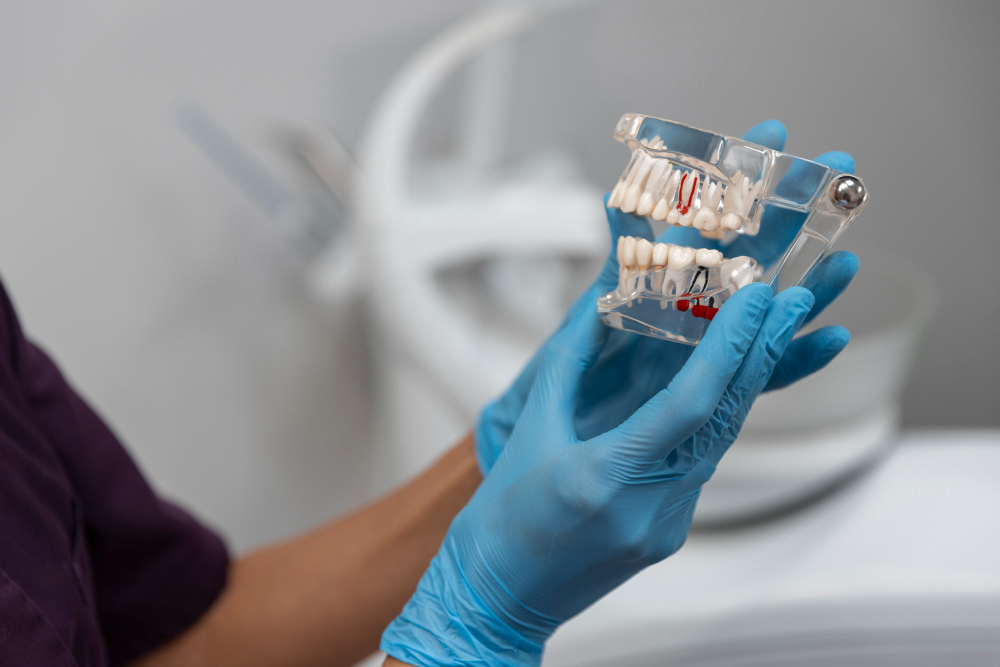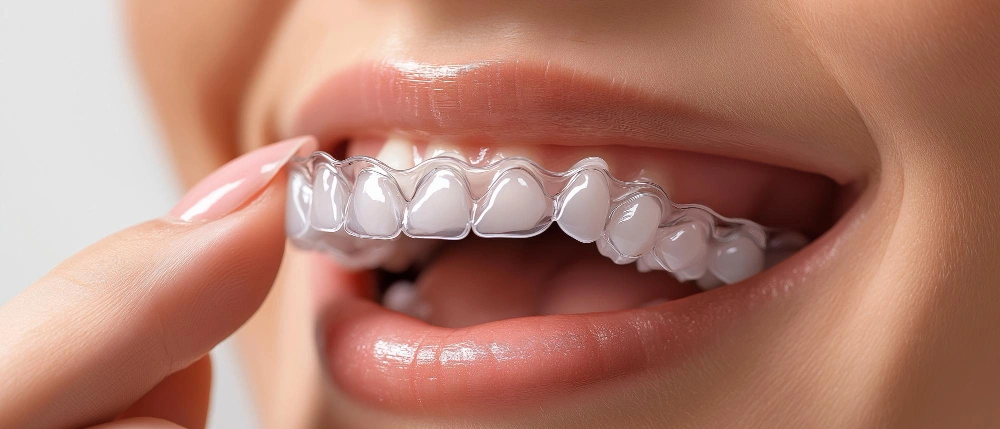Tooth Bonding – The Basics
Tooth bonding is a cosmetic dentistry procedure that involves fixing minor issues with teeth. The procedure is simple, non-invasive, and doesn’t require anesthesia unless a cavity is being filled.
The material used to bond teeth is tooth-colored – this is what makes the procedure a part of cosmetic dentistry.
Can Tooth Bonding Fix Cosmetic Dental Issues?
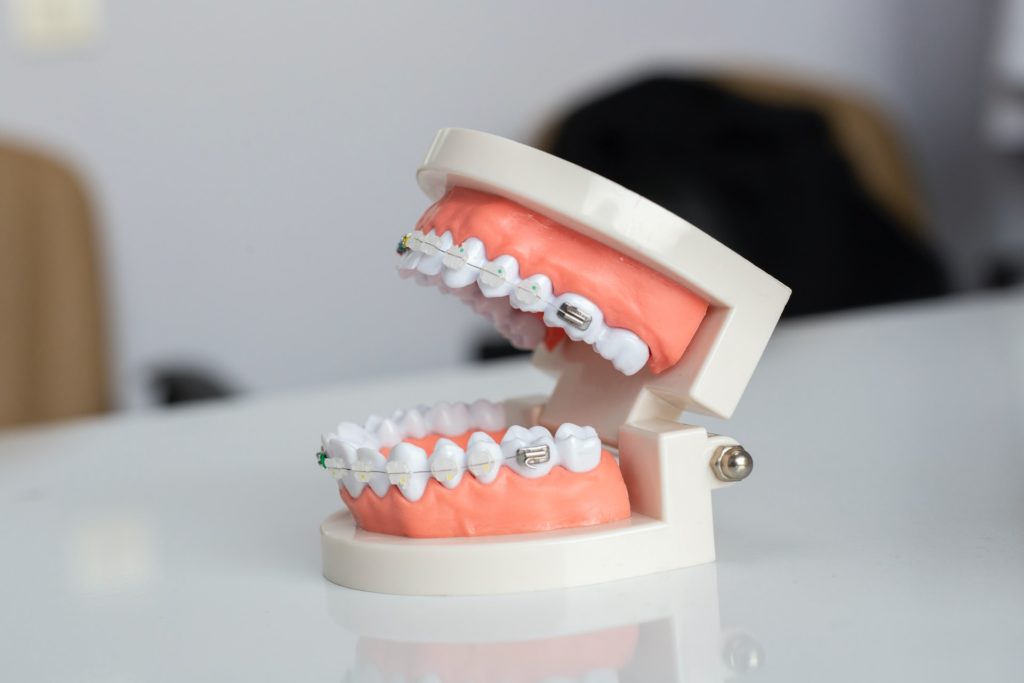
The enamel on teeth is one of the strongest substances in the world. However, chipping your teeth is pretty easy. You don’t have to necessarily hurt yourself in an accident – your tooth can break over a glass bottle, hard foods, and even during childbirth! It is easier to chip a tooth when you have a history of dental issues – decay, bruxism, or if your enamel is exposed to acid.
Tooth bonding helps repair multiple issues with teeth, some of which are –
- Cracked or chipped teeth
- Broken teeth
- Extra spaces between teeth
- Discolored teeth
- Misshaped teeth
- Exposed root areas
A cosmetic dental issue is one where your smile is affected due to an issue with your teeth. So to answer your question, yes, tooth bonding can fix cosmetic dental issues.
How Is Tooth Bonding Done?
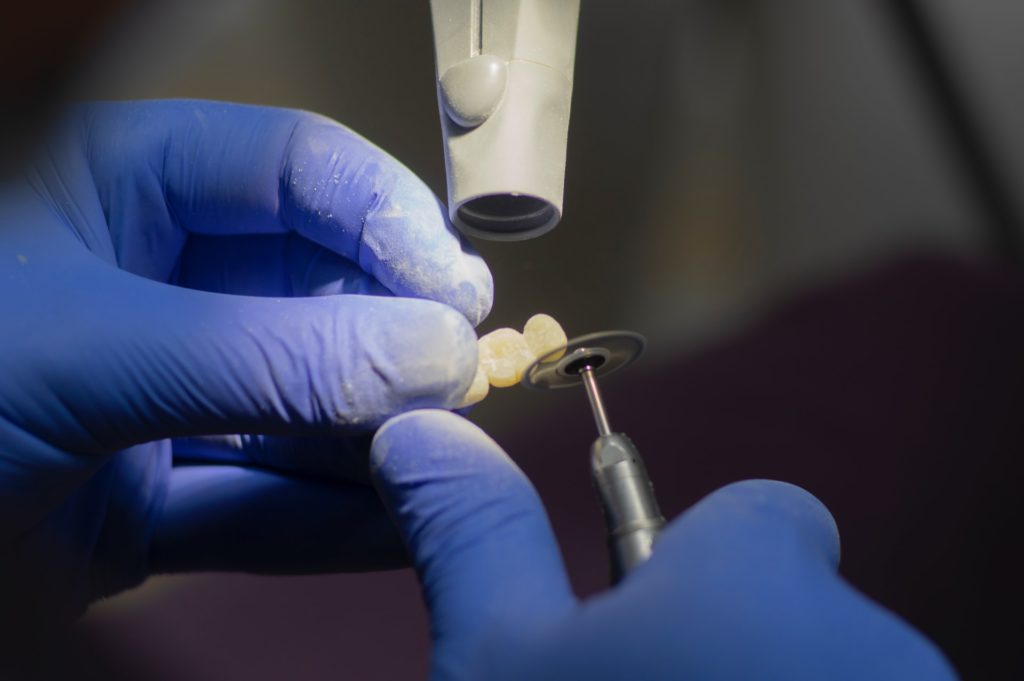
Composite bonding is an outpatient procedure and you’ll be in-and-out of the dental office in no time. If you have a chipped tooth and the nerve is exposed, you might require anesthesia to prevent further pain or discomfort.
The First Stage
Your dentist at River’s Bend will begin the process by assessing the tooth in question. If a filling needs to be done, your dentist will administer anesthesia before beginning.
The Second Stage
Your dentist will shade match the composite material used for the bonding procedure to your natural teeth. They will use a chart to ensure that they’re choosing correctly.
The Third Stage
The next step is preparation. This is done to help the composite bond to the tooth. The surface of the tooth is roughened and a bonding agent is applied. The rough surface makes the bonding process much easier.
The composite resin is added to the tooth surface and molded into place. It is finally set using UV light.
The Final Stage
Your dentist might add finishing touches once the resin has been set. They can either add to or reduce the tooth bonding.
Once the procedure is complete, you can go back to normal life.
Caring For Teeth That Have Undergone Composite Bonding
Composite bonding doesn’t require any extra steps to care for it. Taking care of your oral health allows the restoration to have a longer life. Some ways to care for tooth bonding are –
- Brushing with a soft toothbrush in the morning and evening
- Flossing at least once a day
- Avoiding biting your nails since this can cause the restoration to chip
- Skipping the colored foods and beverages to prevent the bonding from staining
- Avoiding smoking for not just the tooth bonding but also oral and general health
- Getting regular professional cleanings every 6 months
If you accidentally chip or break the bonded material, schedule a visit with your dentist as soon as you can. Learn more about the process of tooth bonding in detail here.
What Consists Of Cosmetic Dentistry?
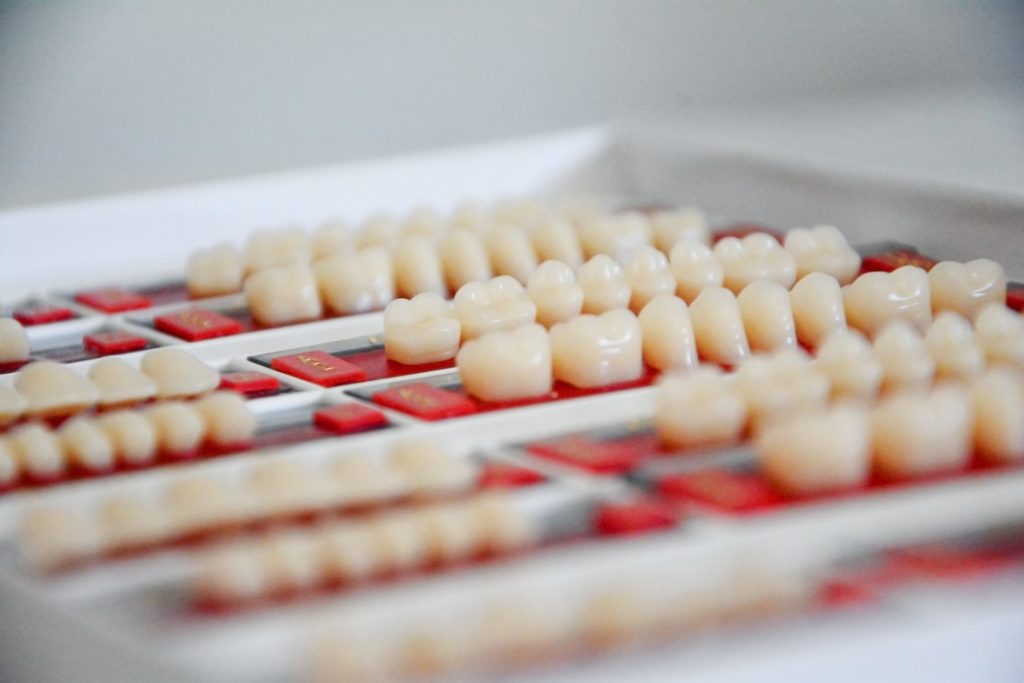
Any procedure that is focused on what your smile looks like is a part of cosmetic dentistry. The branch is a recognized specialty by the American Dental Association but is immensely popular among the masses and professionals alike.
Dentists offering cosmetic dentistry procedures are termed, cosmetic dentists. They offer treatments that not only upgrade the aesthetic of the teeth but also help functionally. Most cosmetic procedures aren’t essential but elective.
Many procedures come under cosmetic dentistry. Some of them are listed below –
Teeth Whitening
The most basic procedure in cosmetic dentistry is teeth whitening. While there are many over-the-counter options for teeth whitening, nothing beats the bleaching procedure done in a dentist’s office. In-office bleaching offers guaranteed results, with your teeth becoming a couple of shades lighter than the initial color.
The bleaching agents used in the in-office whitening treatment are hydrogen peroxide or carbamide peroxide. They are pretty strong chemicals, which is why you’re much safer leaving them to the professionals.
Composite Fillings
Replacing decayed portions of a tooth with a tooth-colored material is both a restorative and a cosmetic procedure. It helps restore the tooth’s structural, functional, and aesthetic integrity.
Porcelain Veneers
Veneers are tooth-colored shells placed on the surfaces of teeth to make them appear perfect. It helps fix issues of chips, cracks, discoloration, differing shapes, and sizes, etc. Veneers are famous as “Hollywood teeth” since they make the front teeth look exceptionally aesthetic.
However, the procedure is pretty permanent since the natural teeth are shaved down to make space for the veneers. This is why you need to be sure that you want the procedure because there is no going back from it.
Dental Implants
The cornerstone of restorative and cosmetic dentistry, dental implants brag a success rate of over 95%. However, not everyone is a candidate for a dental implant. Your dentist will perform a series of examinations on you and conclude whether or not you can be fitted with a dental implant.
The implant procedure involves a surgical step – placing the implant post in the jaw bone. Once the surgical site has healed and the bone-post fusion has taken place, it is topped off with the tooth replacement.
Dental implants can be used to replace a single tooth, multiple teeth in one arch, or the entire dentition.
Cost Of Tooth Bonding
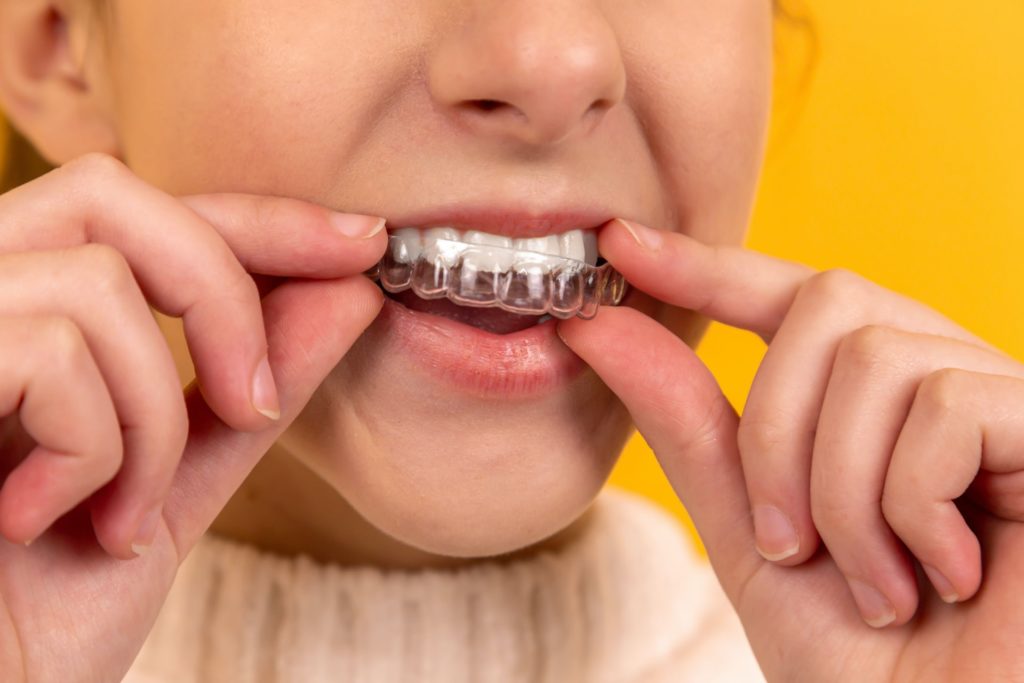
Tooth bonding isn’t an expensive procedure. But since it is a cosmetic procedure, it might not be covered by your dental insurance plan. This is because cosmetic dentistry procedures aren’t considered essential.
To know more about tooth bonding at River’s Bend Family Dental, our prices, and the insurance we accept, get in touch with us at (763) 576-1855. And if you don’t have dental insurance, you can take advantage of River’s Bend’s dental savings plan.
You can leave your comments or queries on the form here.

